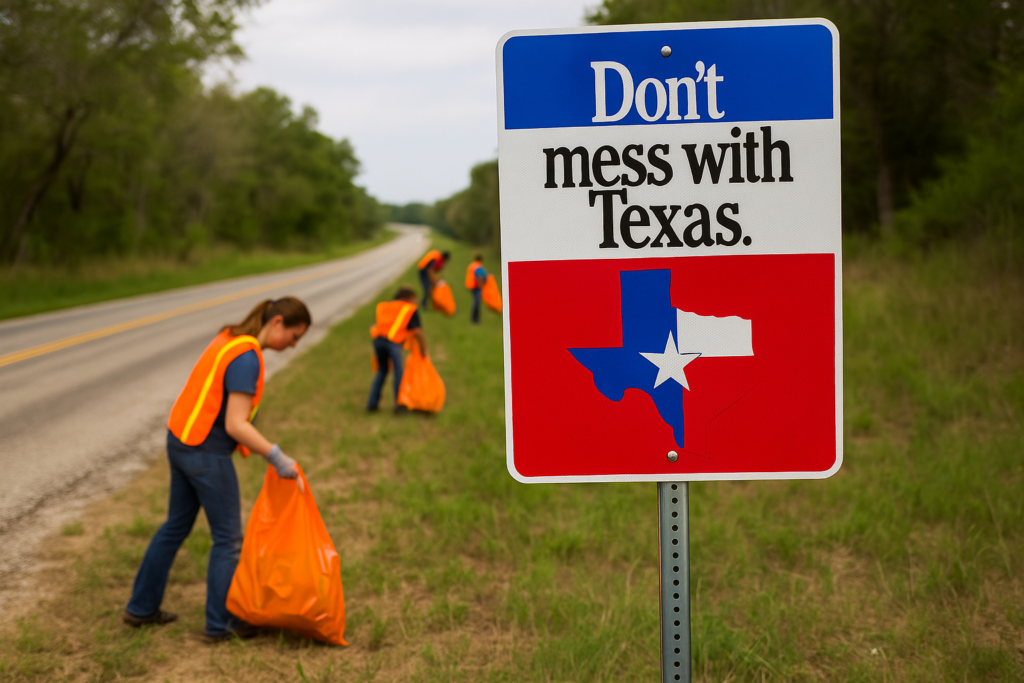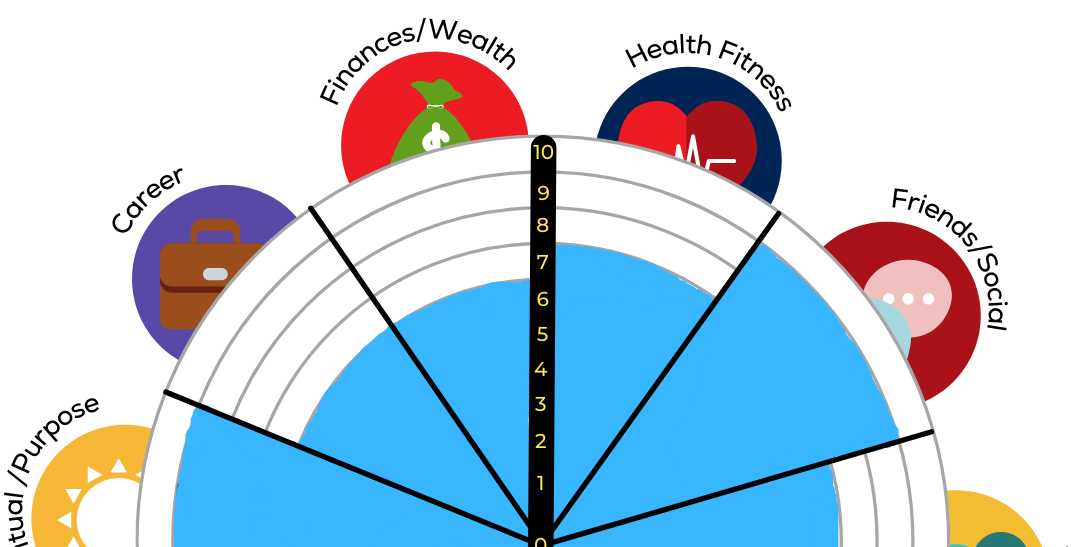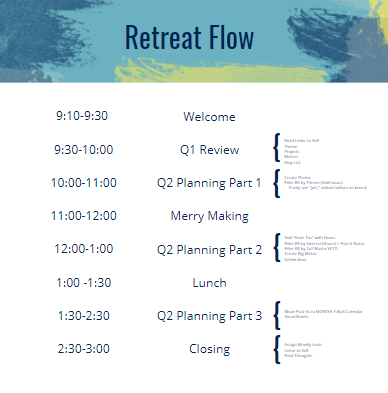“Don’t mess with Texas” didn’t just fight litter—it sparked a movement.
Back in the early 2000s, 95% of Texans could instantly recognize that slogan. It wasn’t just a clever tagline. It was cultural. It was tribal. And it worked. Within one year of launching the campaign, Texas saw a 29% drop in roadside litter. Six years in? That number shot up to 72% less visible trash.
No fines. No mandates. No grumpy PSAs. Just a strong, emotionally charged message that tapped directly into people’s identity.
All from four simple words: “Don’t mess with Texas.”
And yes, there was even a celebratory parade down Madison Avenue for the slogan. Only in America 🇺🇸. When NYC is willing to celebrate something done in Texas, you know it’s worth paying attention to.
I bring this up because I’ve seen this same kind of shift happen in organizations, not around roadside litter, but around culture, performance, and team alignment. When a team rallies around a clear, emotionally charged core message, it can change everything.
I’ve worked with companies who went from chaotic and disconnected to cohesive and high-performing, not because of new policies, but because they found their version of “Don’t mess with Texas.” A phrase or principle that hit people in the gut. That people could see themselves in. That made them want to show up differently.
- Sometimes it’s a team mantra.
- Sometimes it’s a core value.
- Sometimes it’s a cheeky inside joke that becomes a badge of honor.
Whatever it is, when it lands emotionally, it moves behavior.
🎯 People don’t rally around rules, they rally around meaning.
“Don’t mess with Texas” wasn’t about garbage, it was about identity. Texans weren’t being told to follow a rule. They were invited to protect something they cared about.
The same principle applies in leadership.
In Dance Floor Theory, we talk about how to create a Culture of Connection™ that pulls people in emotionally, not just logically. We like to say, “Fun is the easiest way to change someone’s behavior.” When you build that emotional resonance, when your team feels like they’re part of something bigger, they’ll protect it. They’ll defend it. They’ll show up for it. And yes, they’ll even take out the metaphorical trash 🗑️.
Behavioral economists call this a “nudge”, a small shift in messaging or context that leads to a big shift in behavior. In fact, according to Nudge authors Richard Thaler and Cass Sunstein, well-designed nudges can be more effective than policies or commands because they respect choice while encouraging better outcomes.
Leaders who use nudges, and not just mandates, tend to see longer-lasting engagement, because the team chooses to act. Not because they have to, but because they want to.
✅ Try This With Your Team
Here’s how to bring your own “Don’t mess with Texas” energy into your team culture:
1. Identify What Matters Most
What does your team care about, really? What are the values or behaviors that spark pride, frustration, or passion?
2. Craft a Sticky Phrase That Hits Emotionally
It doesn’t have to be poetic. It just has to feel real. Think of phrases like:
- “We’re the no-drama crew.”
- “Protect the vibe.”
- “Do it right, even when no one’s looking.”
- “No one eats until everyone’s fed.”
3. Tie it to Identity, Not Just Rules
This isn’t about compliance, it’s about connection. Use the phrase as a rallying point. Print it. Shout it. Reference it. Make it part of your team’s language.
4. Use It to Reinforce Culture
When someone lives it out, call it out. When someone forgets it, gently nudge them. Over time, this shared message becomes a cultural anchor.
🏁 A Clear Rallying Cry Can Do More Than a Policy Manual Ever Will
Leaders often overestimate the power of rules and underestimate the power of resonance. A strong slogan, mantra, or shared phrase can shape behavior, inspire action, and create unity, without ever needing to enforce it.
So, go find your team’s “Don’t mess with Texas.” And don’t be surprised if your culture starts cleaning itself up.



